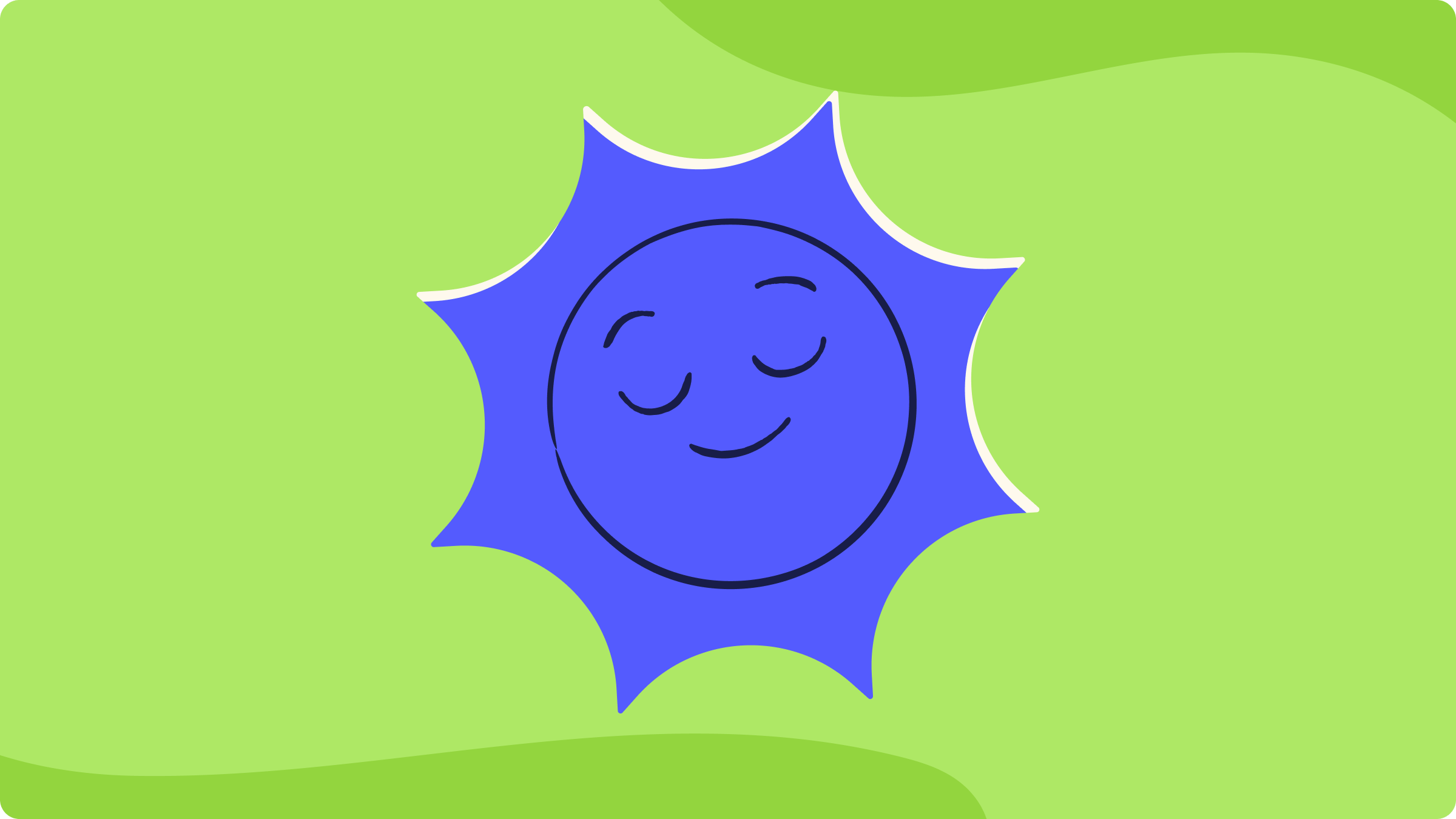Narayana Murthy, the founder of Infosys, has attracted significant attention for his recent interview in which he advises Indian youth to work 70 hours a week to contribute to the nation’s growth. Mr. Murthy, who also happens to be the father-in-law of the UK’s Prime Minister Rishi Sunak, supports his advice by drawing parallels to the post-war recoveries of Germany and Japan. He suggests that Indian corporate leaders should similarly consider increasing employees’ working hours to enhance productivity
In my view, Mr. Murthy’s advice is ignorant and misinformed at best, or highly malicious at worst. In either case, it is profoundly misguided. In this blog, we will critically assess his statement, examining both its intent and factual accuracy. This discussion will also lead to broader reflections on the themes of work and leisure
How many hours do Indians work?
The 2019 Time Use Survey measures how individuals allocate their time to various activities throughout their day, including employment and related tasks. India in Pixels has utilized this data to design a very interesting chart which shows the weekly hours that working men aged 15-59 in urban areas spend on employment and related activities, encompassing the production of goods and services, commuting to work, and other ancillary activities related to employment. Their analysis reveals that, on average, Indian urban men fall short by 8.4 hours per week of meeting Mr. Murthy’s expectations.
Figure 1: Weekly Working Hours for Urban Men in India

Source: Reproduced from India in Pixels
Similar evaluation in the case of Indian women is a bit more complex. When we examine the situation for women in India, encompassing both rural and urban areas, they invest more than 40 hours per week in employment and associated activities. For urban women, this number slightly increases to approximately 45 hours dedicated to employment and ancillary tasks. However, this calculation does not factor in the additional workload that these working women bear in terms of caregiving and domestic duties. According to time use data, on average, working women between the ages of 15-59 in India effectively take on an extra shift of at least 28 hours, resulting in a total weekly working commitment of 68 hours. This figure is very close to what Mr. Murthy advocates, but it remains significantly higher than the working hours of their male counterparts.
In this context, Figure 2 illustrates the time allocation of all women in the 15-59 age group, regardless of their employment status, in caregiving and domestic work. It shows that the average Indian woman spends around 52.7 hours on unpaid household tasks. These 52.7 hours of arduous weekly work done by women are not even recognized as labor or counted in the national accounts. Instead, they are invalidated by being categorized under ‘leisure.’ It is, however, unclear whether Mr. Murthy includes these 52.7 hours of women’s work in his measure of 70 hours of work. Regardless, this raises significant questions about whose work and what type of work is valued in the economy.
Figure 2: Weekly Time Spent on Unpaid Household Works by Indian Women

Source: Time Use Survey, 2019; Created using iipmaps
About the Germans and the Japanese
During this interview, Murthy’s full statement was:
“… therefore my request is that our youngsters must say this is my country I want to work 70 hours a week…this is exactly what Germans and Japanese did after the second world war … they [German corporate leaders] made sure that every German worked extra hours for a certain number of years, so I hope our leaders too will be able to [do the same]…”
While it is indisputable that Germany, Japan, and many other nations are recognized for their strong work ethics, the assertion that Germans and Japanese worked 70 hours a week in the post-war period requires further examination. Figure 3 illustrates the weekly working hours per worker in Germany, India, and Japan in the post-war era. This data, primarily collected from National Accounts data, refutes Mr. Murthy’s claim on at least two fronts. First, it demonstrates that neither Germans nor the Japanese worked 70 hours a week during the post-war era. The only account of Germans working for 70 hours comes from Hitler’s regime. Furthermore, the data available since 1970 for India reveals that historically, Indians have worked either equally or even longer hours compared to their Japanese and German counterparts. In fact, according to this data, India ranks 14th in the world in terms of the longest working hours, as collected from the national accounts.
Figure 3: Weekly Working Hours Per Worker in Germany, India and Japan

Source: Our World in Data
Further evaluation reveals that while working hours tend to decrease in other nations as per capita GDP rises, this is not the case for India. Working hours in India have shown a small but continuous increase, even though the per capita GDP (adjusted for inflation and differences in the cost of living) has multiplied 4.7 times (see Figure 4).
Figure 4: Annual Working Hours Vs GDP Per Capita: Germany, India and Japan

Source: Our World in Data
A case for leisurely life
In the most generous interpretation of his interview, Mr. Murthy is encouraging the youth to exert themselves diligently for the development of the nation. However, considering the data presented in the preceding sections, two pertinent questions arise for Mr. Murthy. First, is it fair to conclude that Indians are not working hard enough, given the evidence? Second, can the sole act of working long hours for capitalists, such as Mr. Murthy himself, suffice for the overall development of the nation?
Dr. Babasaheb Ambedkar, who was the chief architect of the Indian constitution, held clear views on these matters. He considered leisure to be a crucial aspect of life. In his book “What Congress and Gandhi Have Done to the Untouchables,” he expressed the opinion that an excessive focus on subsistence activities can detract from engaging in pursuits that are distinctly human in nature. He stated, “For it is only when there is leisure that a person is free to devote himself to a life of culture.” For him, leisure was the ultimate goal that human society should aim to achieve, and work was just a means to reach this goal. This perspective aligns with Keynes (1930), who envisioned an economic stage in which we would be so prosperous that we would eventually minimize our work hours and find direct enjoyment in life, reminiscent of “the lilies of the field who toil not, neither do they spin.”
Dr. Ambedkar was a vocal critic of Gandhism and mainstream development ideologies, which he believed would perpetuate a system where only a privileged few could enjoy a life of leisure and culture while the majority endured a life of toil and drudgery. Demonstrating his commitment to these beliefs, as the Labour Minister in the Viceroy’s Council, Dr. Ambedkar successfully championed the cause of reducing the workday from 12 hours to 8 hours in 1942.
However, it is concerning to note that recently, there have been many efforts to reverse this progress by attempting to increase the workday back to 12 hours. This contradicts the principles of equitable labor practices and work-life balance that Dr. Ambedkar advocated for and worked to implement.
How can it be in our interest to be your slaves?
Even in the most generous interpretation, Murthy’s comments are highly problematic. He appears to be almost blaming the labor class for the underdevelopment of the nation. He pathologizes them by suggesting that there is something wrong with the Indian youth, stating they have a “ habit of taking not so desirable habits from the west and then not helping the country.” Essentially, he is shifting the responsibility for capitalist underdevelopment onto the labor class, seemingly in an attempt to manipulate them into making sacrifices in terms of reduced leisure for capitalist development, which will ultimately benefit capitalists like himself.
This entire incident reminds me of the Melian Dialogues quoted in Thucydides’ “History of the Peloponnesian War.” The Melians asked the Athenians, “It may be in your interest to be our masters, but how can it be in our interest to be your slaves?” To which the Athenians replied, “Your gain will be that by submission, you will avert the worst, and we shall be all the richer for your preservation.”
Hritic Gautam is a student of MSc Political Economy of Development at SOAS University of London.
Photo: Narayana Murthy, Co-Founder of Infosys speaking at a session on innovation and entrepreneurship. By the British High Commission, New Delhi.
Publisher: Source link











